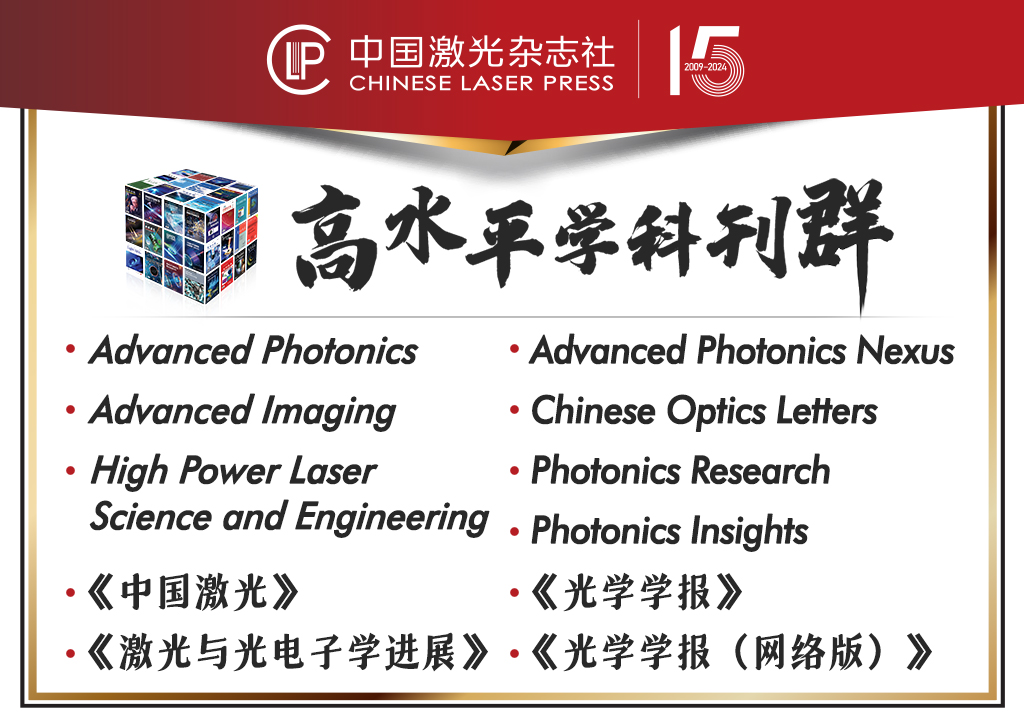光学学报, 2015, 35 (10): 1022007, 网络出版: 2015-10-08
轻量化头戴显示器光学系统设计
Lightweight Design of a Helmet-Mounted Display Optical System
光学设计 初始结构 头戴显示器 光学系统 光学加工与检测 optical design first- order optical structure helmet- mounted display optical system optical fabricating and testing
摘要
虚拟现实头戴显示器(HMD)的光学系统应具有较大的视场角和出瞳,同时应具有重量轻和厚度薄的特性,从而适应人体的佩戴需要。为了同时满足这些要求,详细描述了一种基于初级像差理论的头戴显示器光学系统设计方法。根据这个方法,用两种聚合物材料聚甲基丙烯酸甲酯(PMMA)和聚碳酸酯(PC),设计了双片式的头盔系统,其出瞳直径为8 mm,视场角为70°。系统总长小于70 mm,镜头的总质量小于30 g。全视场相对照度大于0.4,其轴上像差和轴外像差都得到了有效校正,边缘视场点列图光斑半径在70 μm 左右,各个视场的调制传递函数(MTF)曲线分布较为均匀,同时中心视场和边缘视场的MTF值在8 cycle/mm 处分别为0.6和0.4左右,最大畸变小于2%,实际加工的系统对标准分辨率板的成像像质能够满足使用要求。
Abstract
The head-mounted display used for virtual reality demands an optical system with large field of view and exit pupil diameter, which has the characteristics of less weight and small total length to satisfy these requirements. This article presents a design method of the head-mounted display (HMD) optical system based on the primary aberration theory. Through this method, a two- piece optical system by utilizing polymethyl methacrylate (PMMA) and polycarbonate (PC) is designed. The exit pupil diameter of the proposed system is 8 mm and its field of view is 70°. The total length is less than 70 mm, and the weight of the system is less than 30 g. The full-field relative illumination is greater than 0.4. Its axis and off-axis aberrations have been effectively corrected. The root mean square (RMS) radius of the marginal field is about 70 mm, modulation transfer function (MTF) curves have a uniform distribution, while the MTF values of the central field and the marginal field are about 0.6 and 0.4 at 8 cycle/mm, respectively. The maximum distortion of the system is less than 2%. The manufactured optical system has satisfactory image quantities according to the quantity inspection by the standard resolution panel.
吕向博, 王振, 魏张帆, 李璟, 杨宝喜, 乔亚, 路远, 李登高, 朱菁, 黄惠杰. 轻量化头戴显示器光学系统设计[J]. 光学学报, 2015, 35(10): 1022007. Lü Xiangbo, Wang Zhen, Wei Zhangfan, Li Jing, Yang Baoxi, Qiao Ya, Lu Yuan, Li Denggao, Zhu Jing, Huang Huijie. Lightweight Design of a Helmet-Mounted Display Optical System[J]. Acta Optica Sinica, 2015, 35(10): 1022007.





